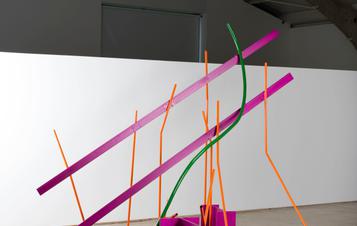
About Caro in Yorkshire
‘Sculpture that can take your breath away’
This major exhibition, in partnership with Yorkshire Sculpture Triangle, celebrated and commemorated the extraordinary career of Sir Anthony Caro (1924–2013).
“In this century it was not the sculptors who revitalised sculpture – it was the painters. They were outsiders who understood the subject; nevertheless theywere not trapped within its imagined regulations. I believe that now sculpture and architecture may be similarly nourished by one another.”
Caro
“He visited America in 1959 and returned determined to make a new kind of sculpture. Decisive influences were encounters with American attitudes and working methods, especially those exemplified by his friend, the painter Kenneth Noland. As a result of this stimulus, his work was transformed.”
Terry Fenton
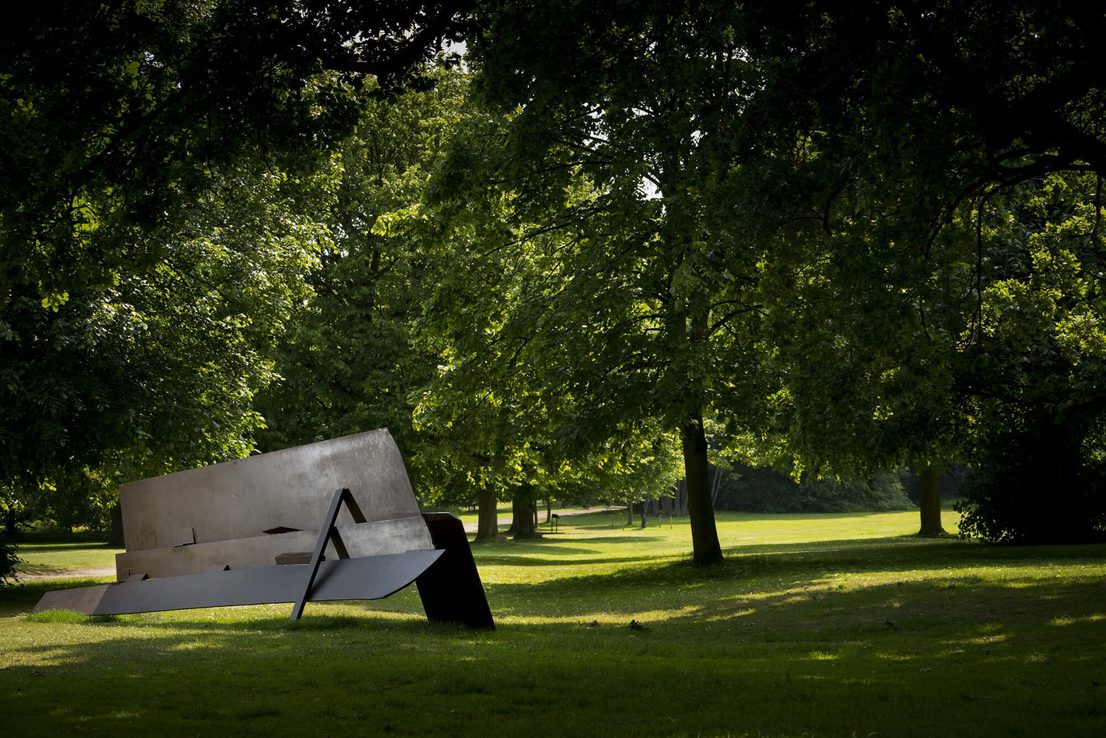
Caro in Yorkshire was a major Yorkshire Sculpture Triangle project that celebrated and commemorated the extraordinary career of Sir Anthony Caro (1924–2013). Distinct yet complementary exhibitions at The Hepworth Wakefield and Yorkshire Sculpture Park considered respectively Caro's concerns with the horizontal plane and painting, given context through an academic programme at the prestigious Henry Moore Institute, Leeds.
Early figurative works on paper and in bronze welcomed visitors to YSP's Longside Gallery, revealing the fascinating evolution of practice and underscoring the 'shock' of Caro's early painted steel works in the main space, such as Month of May (1963). Although this radical change of direction is often associated with the work of the sculptor David Smith in the USA, Caro himself stated that it was developments in painting that offered the solutions he sought in sculpture and cited influential friendships with the painters Kenneth Noland and Jules Olitski, who he met on his first visit to the USA in 1959. Of great professional and personal importance was his marriage to the painter Sheila Girling in 1949, with whom he shared a studio building, and who suggested that Early One Morning(1962) might benefit from being painted a particular, and now iconic, colour of red rather than the green he had applied.
‘…the overall result is a rich, resonant and joyous voyage of discovery’
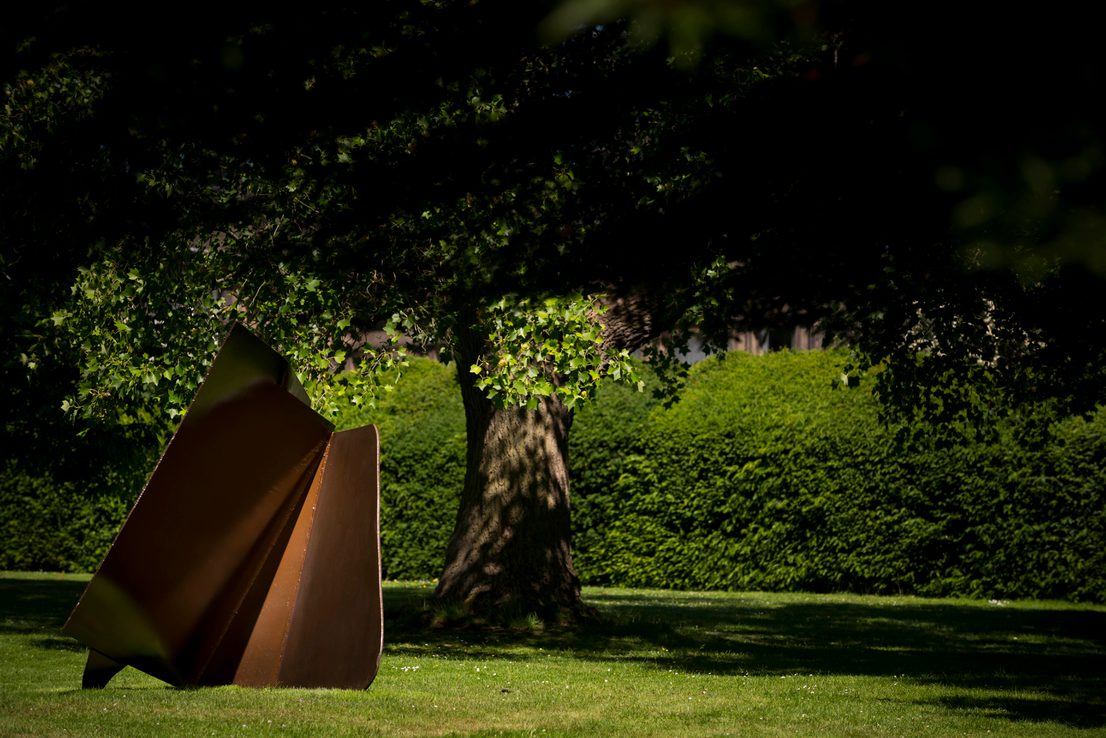
Caro was a long time friend and supporter of YSP. It is fitting that these last sculptures be shown here, against the landscape, fulfilling a wish made on the artist’s last visit in 2012.
The relationship between painting, colour, and Caro's sculpture was further explored through two works from the important Duccio Variations (2000) and culminated in a selection of Last Sculptures, some of which premiered in Caro at Correr during the 55th Venice Art Biennale shortly before the artist’s death. Caro worked with large sheets of Perspex selected from a colour sample string he was in the habit of wearing around his neck, which were combined with crushed, painted, rusted steel and found objects. The resultant sculptures were a final, stunning new departure and testament to the artist’s unabated curiosity and excitement for material, form, process and colour.
Terrific
- BBC Front row
You might also like
More- Art Outdoors

Anthony Caro: Dream City
- Art Outdoors
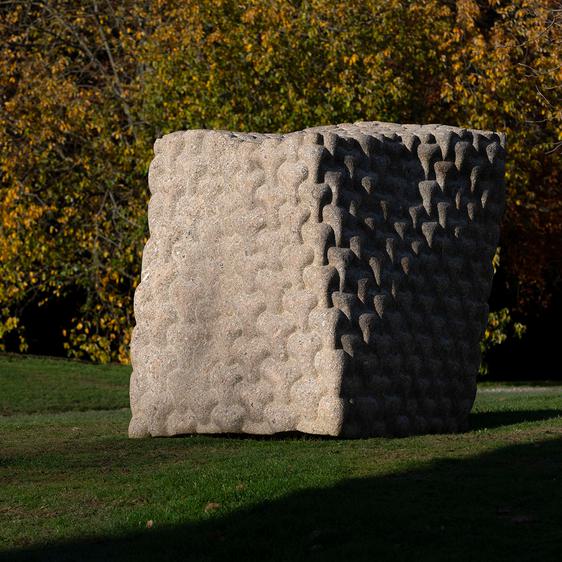
Peter Randall Page: Envelope of Pulsation (for Leo)
Envelope of Pulsation (for Leo) is made from the granite of Blackenstone Quarry in Dartmoor, Devon. Carved repeating shapes cover the vertical faces of the work and follow the contours of the granite block. - Art Outdoors
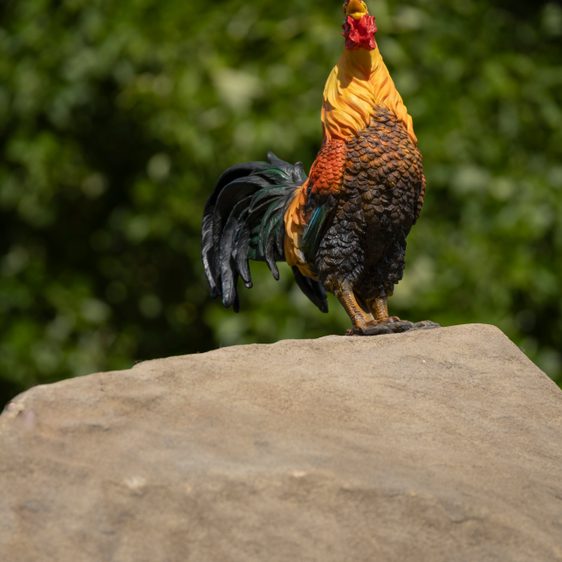
Simeon Barclay: Pittu Pithu Pitoo
Pittu Pithu Pitoo acknowledges the history of sculptors originating from Yorkshire and the dramatic rock formations found in the landscape that inspired artists including Henry Moore. - News

2026 Programme Announced
25 November 2025

